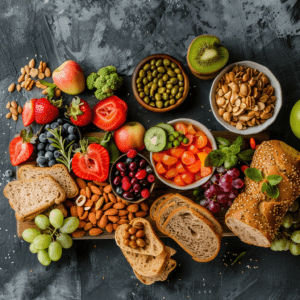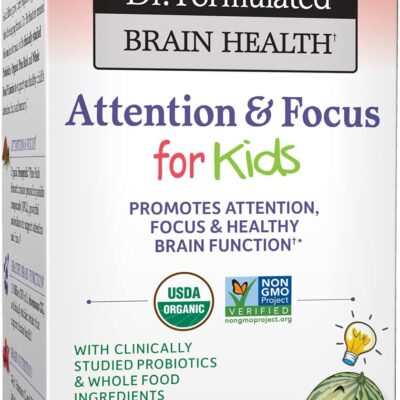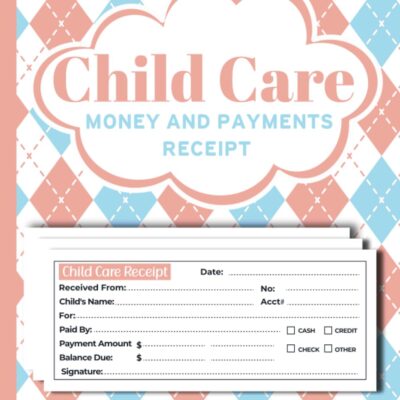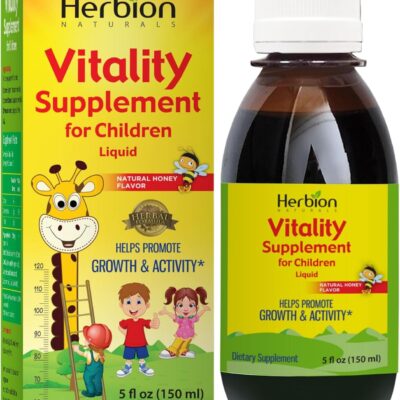
Let’s talk about something we all deal with daily: what we eat and how it affects our bodies. You’re not alone if you’ve ever wondered how Carbs to Fat Power impact your energy levels and body composition. Both carbs and fats are essential in fueling your body and can help you feel your best, whether you’re hitting the gym or just going about your day. This article will break it down in a friendly so you’ll understand how to use carbs and fats to your advantage.
Understanding Carbohydrates
So, what exactly are carbohydrates? Simply put, they’re one of the three primary nutrients your body needs, along with proteins and fats. Carry-outs come in two main types quick and easy.
Simple carbohydrates are sugars that give you quick energy. You find these in foods like fruits, milk, and sweets. They’re great when you need a fast boost but can also lead to quick energy crashes if you eat too many.
On the other hand, complex carbohydrates are the good guys. They take longer to digest and give you a steady stream of energy. You can find them in whole grains, legumes, and veggies. Think of these as your long-term energy buddies.
Where do you find carbs? You can get them from:
- Fruits like bananas and apples
- Vegetables such as potatoes and carrots
- Grains like rice and oats
- Legumes, including beans and lentils
Now, let’s talk about why carbs are essential for your body. They’re your primary energy source, especially when you’re exercising. When you eat carbs, your body breaks them down into glucose, which fuels your muscles. It’s like filling up your gas tank before a road trip—you wouldn’t want to go without fuel!
Timing is critical if you want to maximize your energy levels. Getting carbs before a workout helps you fuel for peak performance. Try having a banana or some toast with jam about 30 to 60 minutes before you hit the gym.
After your workout, your muscles are like sponges, ready to soak up those carbs to refill their energy stores. Pairing carbs with some protein, like a protein shake with a banana, helps your muscles recover and grow stronger.
Understanding Fats
Now that we’ve covered carbs let’s move on to fats. Like carbs, fats are crucial for your health. They come in different types, too: saturated, unsaturated, and trans fats.
Saturated fats are in foods that come from animals and some oils. While your body needs some saturated fats, too much can lead to health issues, so it’s best to consume them in moderation.
Unsaturated fats are the good ones! These fats help your heart and overall health. You can find them in avocados, nuts, and olive oil. These are the fats you want to focus on in your diet.
Then, trans fats are primarily found in processed foods. You want to avoid them altogether, as they can lead to heart problems.
So why are fats essential? They serve several purposes. First, they’re a secondary energy source. If you’re doing a longer workout or lower-intensity activity, your body can burn fat for fuel.
Fats are also important for making hormones and cellular health. Your body needs fats to make hormones that keep everything running smoothly, including metabolism. Plus, fats are essential for keeping your brain healthy!
When should you focus on fats? Healthy fats are perfect for meals throughout the day, especially during less intense activities. Including them in your meals will keep you feeling full and satisfied.
The Process of Energy Transition
Now, let’s examine how your body switches between using carbs and fats for energy. Your body is competent and knows how to adapt to your needs.
When you’re resting or doing low-intensity activities like walking, your body prefers to burn fat for fuel. But as you ramp up the intensity, especially during short bursts of exercise, your body shifts to burning carbs. This is why you might feel energized after a good meal—your body is ready to work!
If you’re doing longer endurance activities, like running a marathon, your body starts using carbs but will gradually switch to fat as your glycogen (stored carbs) runs low. This transition is vital for keeping you going without hitting a wall.
So, how does this all tie into body composition? Regular training can help your body become better at turning fat into fuel, which can help you preserve your precious muscle mass while you lose fat. That’s a win-win!
Practical Tips for Carbs and Fats Management
Now that we know how carbohydrates and fats work, let’s discuss finding the right balance in your It’s. It’s all about determining what works best for you based on your activity level and fitness goals.
You’ll want to assess your individual needs. If you’re an athlete or someone who works out frequently, you might need more carbs to keep your energy levels up. Incorporating healthy fats can help you feel full and satisfied, especially if you’re focusing on weight loss.
One effective strategy is macronutrient cycling. This means adjusting your carb intake based on your activity level. For example, when you have intense workouts, you can increase your carb intake to fuel your performance. On rest days, dial it down a bit. Let’s let’s look at meal plans. It’s easier than you might think to get a good balance of carbs and fats in your diet. Focus on whole foods as close to their natural state as possible.
Here are some meal ideas to get you started:
- Breakfast: How about oatmeal topped with nuts and fresh fruits? It’s filling and packed with nutrients.
- Lunch: A quinoa salad with mixed veggies and a drizzle of olive oil makes for a refreshing, energizing meal.
- Dinner: Grilled salmon served with sweet potatoes and steamed broccoli is the perfect combination of healthy fats, carbohydrates, and protein.
- Snacks: For a delicious treat, snack on Greek yogurt with a drizzle of honey and a handful of almonds, or enjoy apple slices with peanut butter.
Common Myths andMisconceptionssLet’ss address some common myths about carbs and fats. These misunderstandings can sometimes lead to confusion about what to eat.
One common myth is that carbs make you fat. The truth is that carbs don’t cause weight gain. It’s all about balance and portion control. Instead, focus on eating healthy carbs and not overindulging.
Another myth is that all fats are bad. This is not true! Healthy fats are essential for your body and will help you keep a healthy weight when consumed in moderation. Aim to include unsaturated fats in your diet while avoiding trans fats as much as possible.
Conclusion
Understanding how carbs and fats power your body is vital to feeling your best and reaching your fitness goals. Knowing how to use these macronutrients effectively can optimize your energy levels and improve your body composition.
So, remember to time your carb intake around your workouts, incorporate healthy fats into your meals, and find a balance that works for you. With this tip, you’re well on fueling your body for success!
Call to Action
Now that you have a clearer picture of managing your carbs and fats, I’d love to hear from you! What have your experiences been with these macronutrients? Leave your question or tip in the comments, sand —let’s keep the conversation going!
If you want to learn my #1 Metamucil 4 in 1 Daily Fiber Supplement Powder, Click Here Now.





